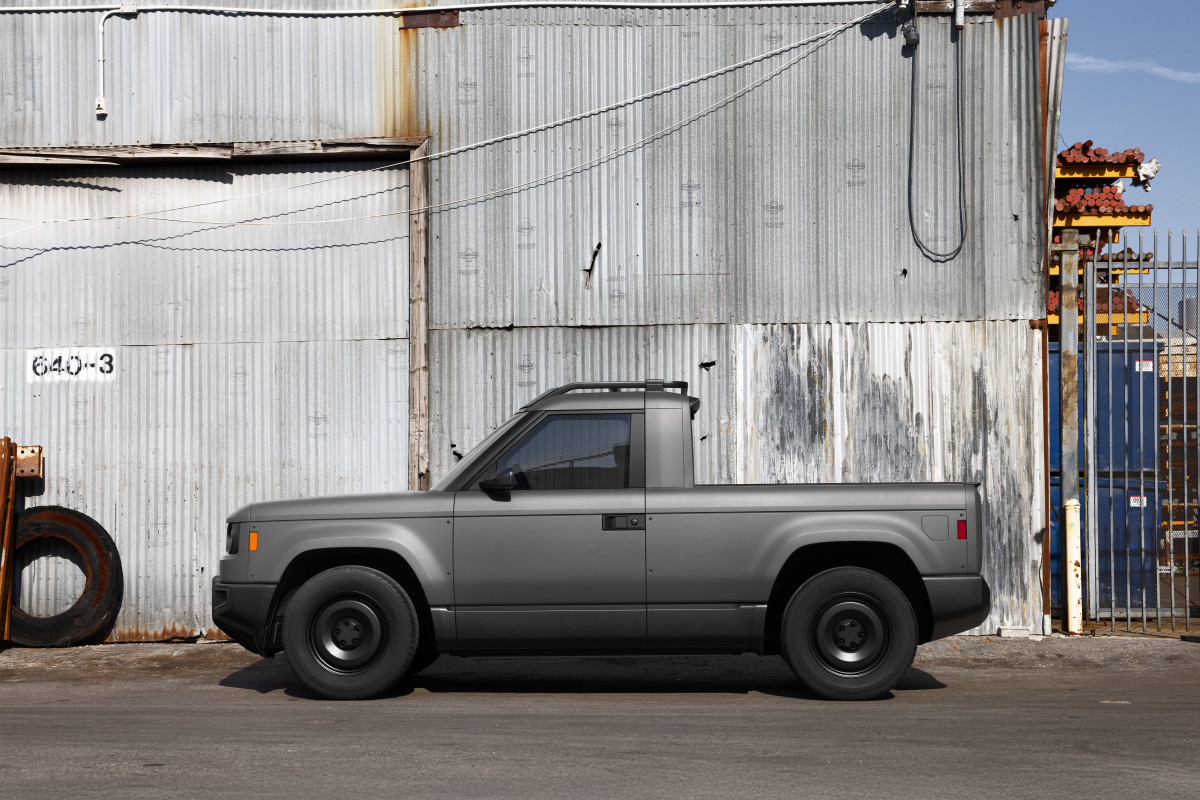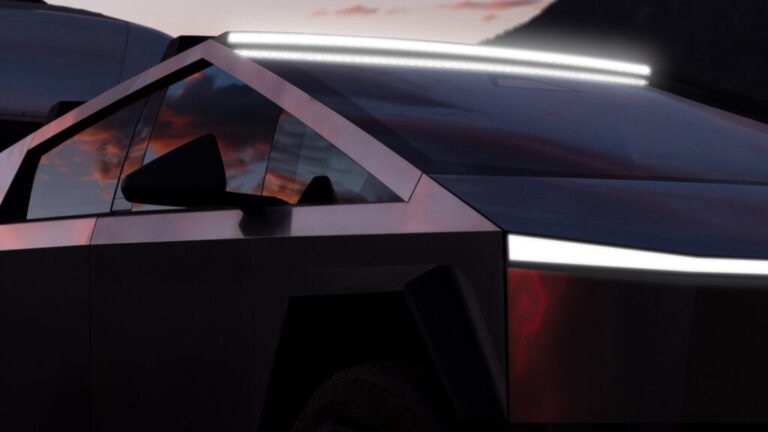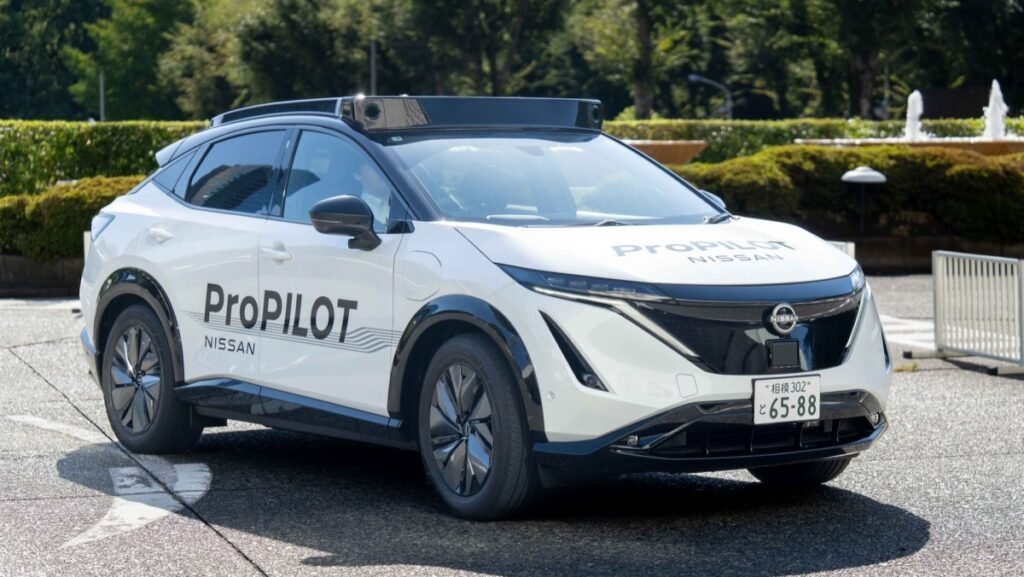
Next-Generation System Arrives In 2027
Nissan has quietly developed its ProPilot Assist driver aid into one of the more capable systems on the market, with the ability to follow highway lane markings and complete automated lane changes. A next-generation system is on the way, with hardware and software changes to further enhance its capabilities.
Now doing demonstration runs in Tokyo, the next-generation ProPilot Assist system will launch in Japan during the 2027 fiscal year (which ends in March 2028), employing AI software and lidar sensors to tackle more complex driving situations than the current highway-only system, Nissan said in a press release.
‘More Clever’ Than Tesla
Nissan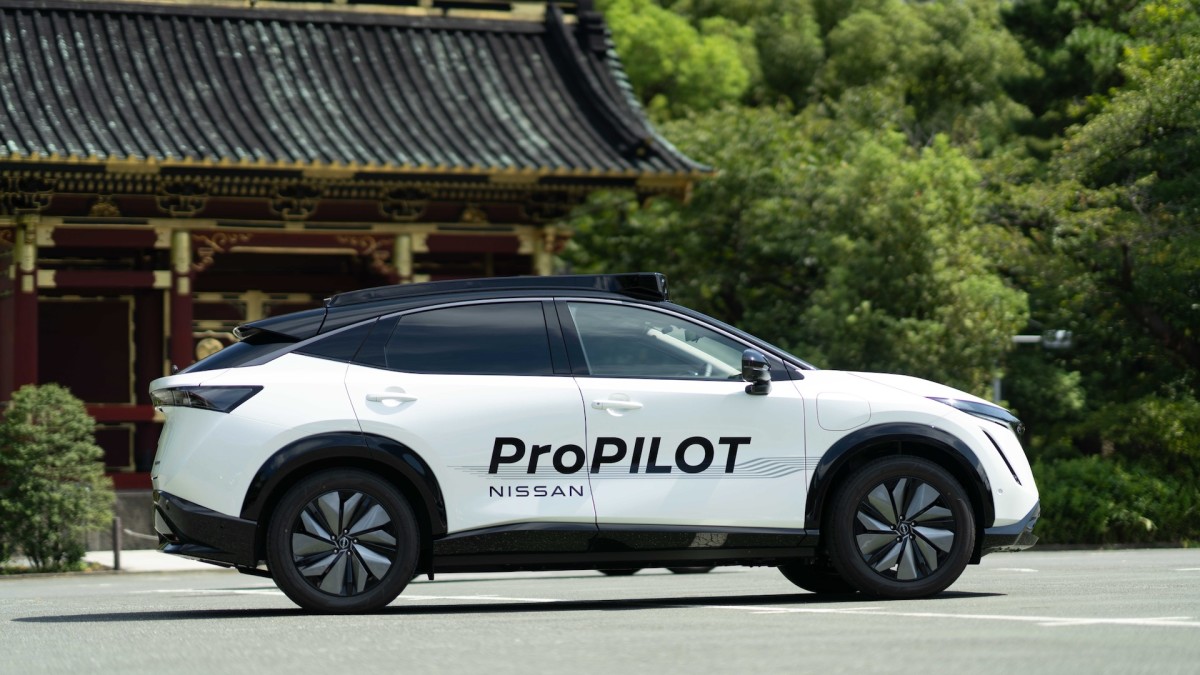
Currently being tested in Nissan Ariya prototypes, the system uses 11 cameras, five radar sensors, and a lidar unit mounted at the top of the windshield. Lidar is similar in principle to radar, but using light instead of radio waves to determine the distance to nearby objects. The extra clarity enabled by lidar is considered essential by autonomous-driving tech companies like Waymo, although so far it’s only been implemented in one production car, the Volvo EX90, and was not activated in customer cars at launch.
Nissan is also employing AI software from British startup Wayve that, according to the automaker, can process images from the onboard cameras in a way similar to human perception, allowing it to “adapt to a wide variety of real-world scenarios and make accurate decisions even in complex situations.” Nissan hopes this will allow the next-generation system to operate reliably on city streets as well as highways, while putting it in the same conversation as Tesla.
“It’s similar to Tesla’s Full Self-Driving,” Tetsuya Iijima, general manager for Nissan’s driver-assist tech, said in an interview with Automotive News. “But ours is maybe even a little more clever.”
Tesla Has Its Own Troubles
Nissan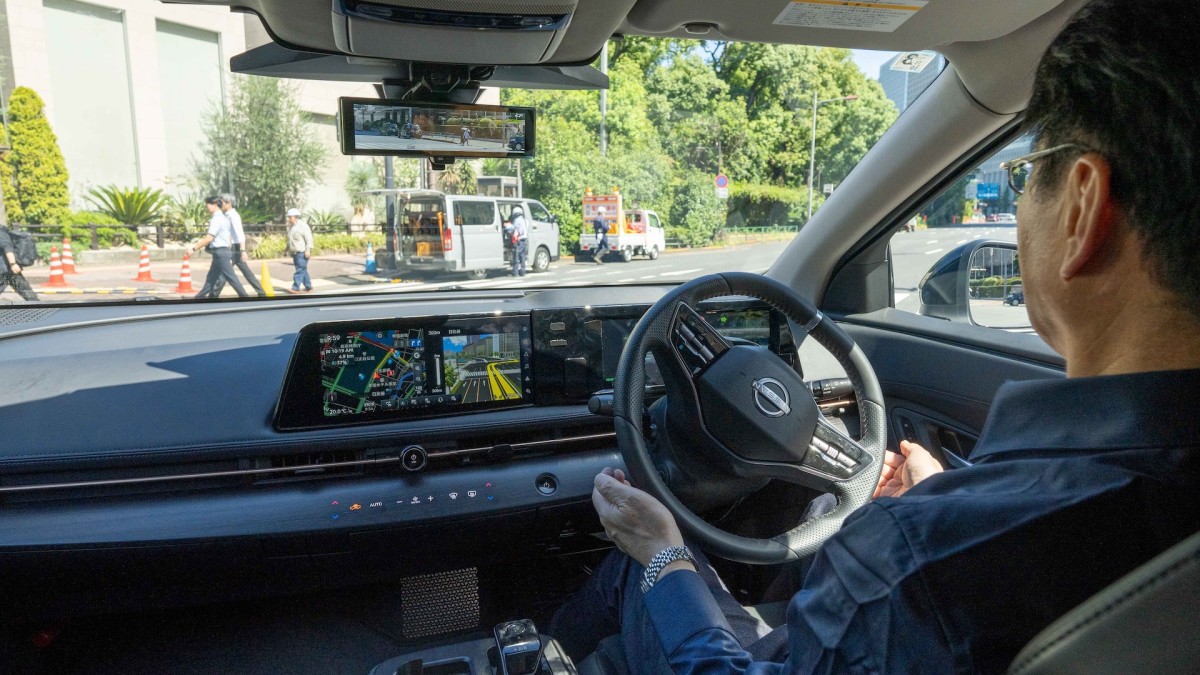
Benchmarking Tesla isn’t as impressive as it might have been a few years ago. The underlying technology behind the American automaker’s “Full Self-Driving” and “Autopilot” systems has never been sufficient to deliver levels of automation in line with those brand names, and that’s become sadly apparent recently due to a series of fatal crashes and increasing legal pressure. In August, a federal jury found that Tesla was partly liable for a fatal crash involving Autopilot and ordered the automaker to pay $329 million in damages.
Nissan is taking a more sensible approach by keeping the ProPilot Assist branding, and the new system will continue to require an attentive driver behind the wheel. The Japanese automaker’s three-pronged sensor approach is also more sophisticated than Tesla’s which is heavily reliant on cameras. So Iijima’s claim that Nissan’s system is “more clever” could very well be accurate, but the value of that claim is also questionable. At this point, is having better driver-assist tech than Tesla really something worth bragging about?
